The Rise of Unstructured Data
Cloudera
NOVEMBER 15, 2021
Here we mostly focus on structured vs unstructured data. In terms of representation, data can be broadly classified into two types: structured and unstructured. Structured data can be defined as data that can be stored in relational databases, and unstructured data as everything else.



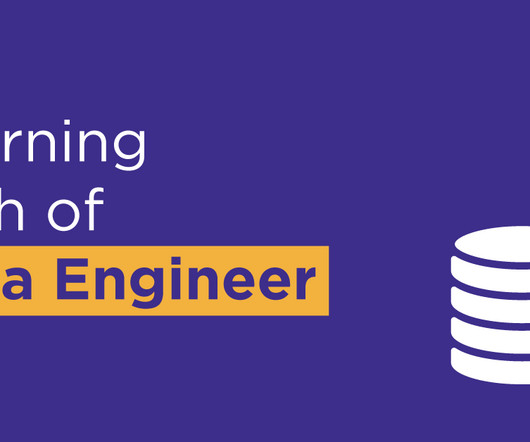
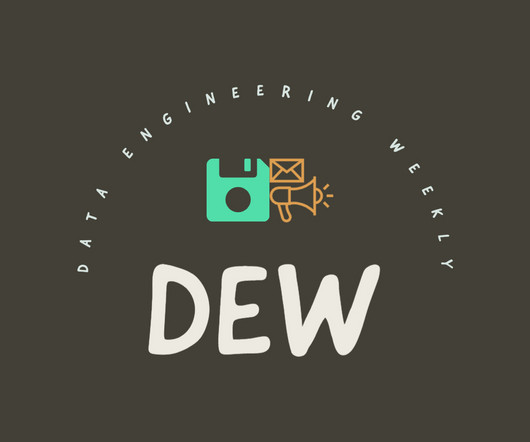
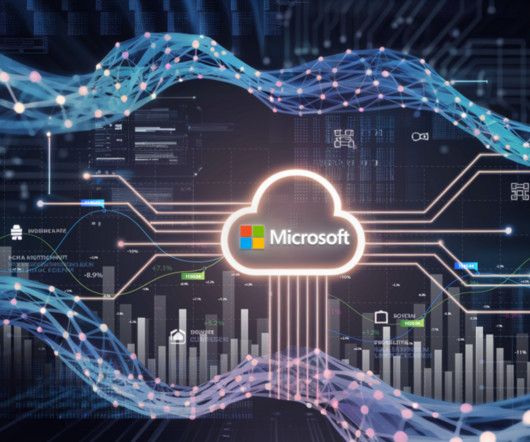
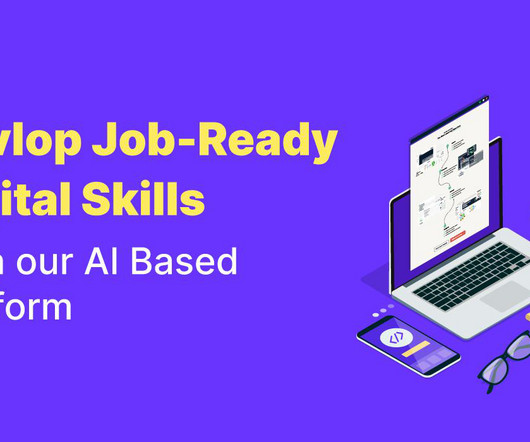


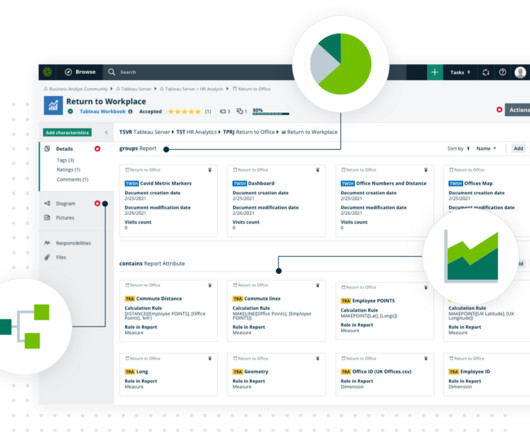

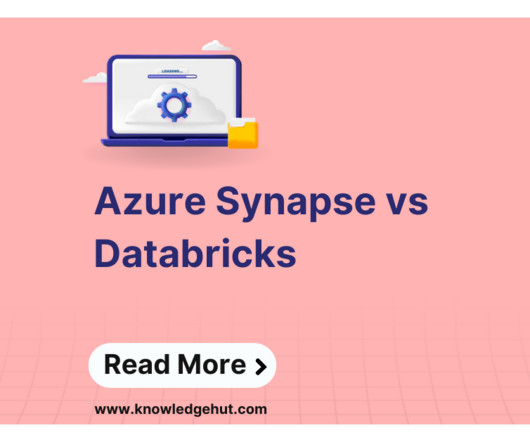







Let's personalize your content